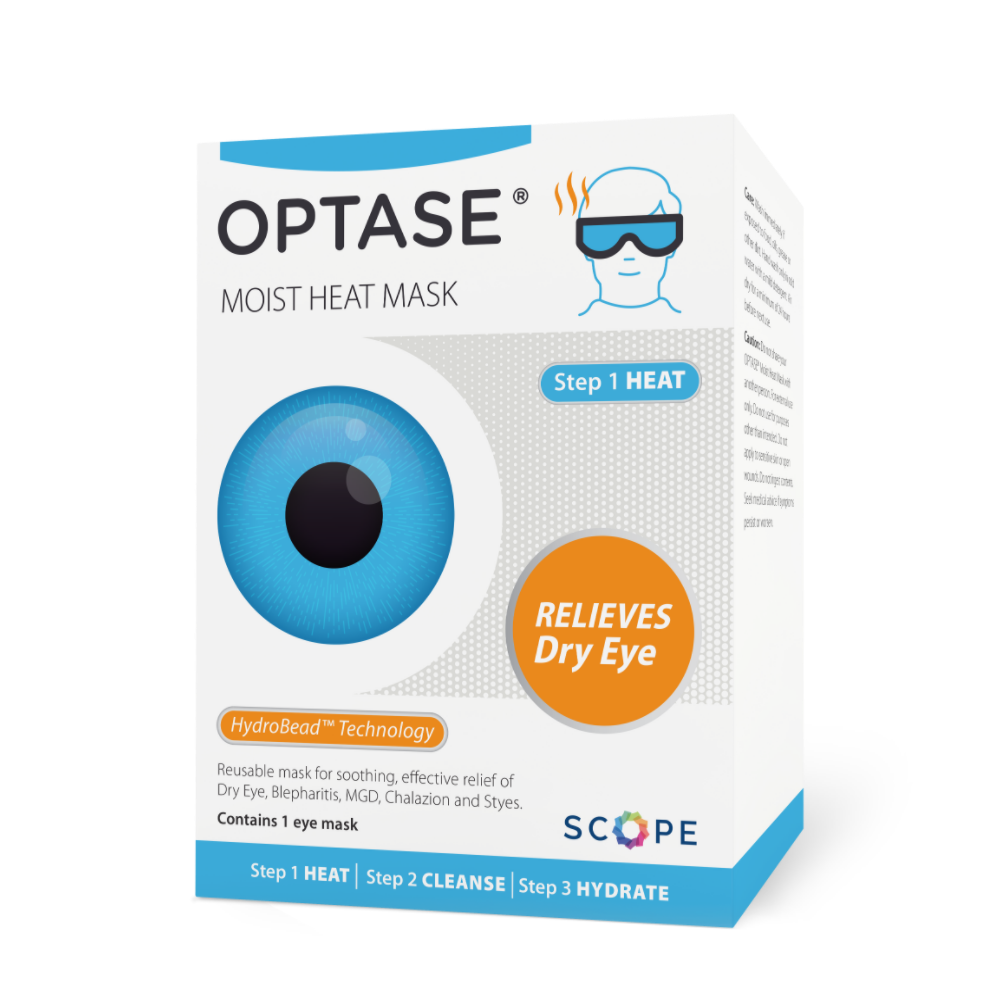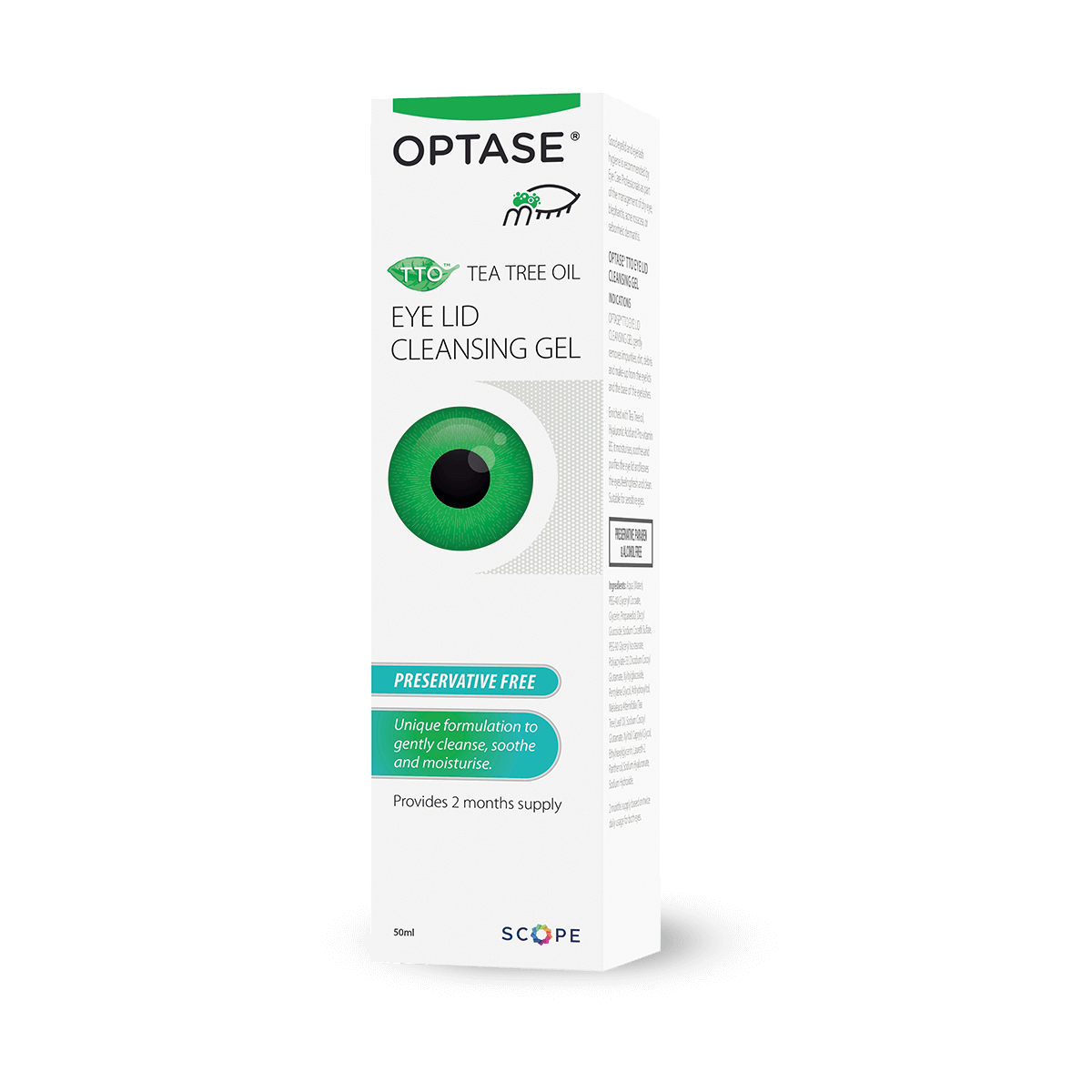Finding the right product for your Dry Eye symptoms
When managing Dry Eye Disease there is no one size fits all approach. Severity of symptoms and environmental factors will need to be considered to find a product that can provide the required level of relief while also being compatible with your lifestyle to fit into your daily routine.
Dry Eye (also known as Dry Eye Syndrome or Dry Eye Disease) is a common condition affecting people of all ages. It occurs when there is an insufficient volume and/or quality of tears to keep the surface of the eye sufficiently lubricated. This can result in eye discomfort and painful symptoms.
Dry Eye is classified as a multi-factorial disease, meaning that often it is a combination of factors that put people at risk of developing Dry Eye. The primary risk factors for patients developing Dry Eye include:
- Aging and hormonal changes
- Environmental conditions such as air conditioning in cars, offices and airplanes
- Poor diet and dehydration
- Increased use of mobile and desktop devices (phone, tablet, or PC), leading to reduced blinking
- Contact lens wear
- Certain eye surgeries
- Certain medical conditions such as Diabetes and Sjögren’s Syndrome
- Use of anti-histamines and some other medications
When visiting your Eye Doctor they should be able to provide an indication of your diagnosis severity. Your Dry Eye severity could be classified as either mild, moderate or severe. Knowing this helps to ensure you get the right product that will provide adequate relief when your symptoms strike.
The severity of your Dry Eye will be determined using a questionnaire alongside a range of tests that help indicate the health of your eye. While severity of symptoms will vary depending on a range of factors, below is a list of the most regularly experienced symptoms:
- Your eyes feel irritated and dry
- You may experience blurred vision or fluctuations in your vision
- You may experience contact lens discomfort
- You may feel that there is something in your eye
- You may feel burning and itching in your eyes
- Your eyes may start to water or run
There are two main forms of Dry Eye, these are referred to as Evaporative Dry Eye and Aqueous Deficient Dry Eye. Evaporative Dry Eye is more common form with it affecting around 80%1 of Dry Eye patients.
It is important to know which form of Dry Eye you have as they require different treatment paths to manage symptoms and provide relief.
1. Lemp MA, Crews LA, Bron AJ, et al. Distribution of aqueous-deficient and evaporative dry eye in a clinic-based patient cohort: a retrospective study. Cornea 2012;31(5):472-8.
- Evaporative Dry Eye is caused by Meibomian Gland Dysfunction (MGD) which leads to a deficiency in the lipid or oily layer of our tear film. A weakened oily layer speeds up tear evaporation which exposes the surface of the eye leading to pain and discomfort.
- Aqueous Deficient Dry Eye is mainly viewed as a tear deficiency where the body is unable to produce enough watery tears to lubricate the surface of the eye sufficiently. Aging is one of the main contributing factors to Aqueous Deficient Dry Eye but can also be worsened by specific medications or medical conditions that create a physiological imbalance in the human body.
Products To Relieve Symptoms
-

Heat
Moist Heat Mask
OPTASE Moist Heat Mask is a simple to use eye mask that delivers 10 minutes of Moist Heat Therapy
$19.95
-

Cool
Cooling Mask
OPTASE Cooling Mask is a simple to use reusable eye mask that delivers 10 minutes of cooling therapy
$19.95
-

Cleanse
Tea Tree Oil Eyelid Wipes
OPTASE Tea Tree Oil Eyelid Wipes is a gentle and preservative free, Tea Tree Oil lid wipe for daily eyelid cleansing and makeup removal
$18.95 — or subscribe and save 10%
-

Cleanse
Tea Tree Oil Eyelid Gel
OPTASE Tea Tree Oil Eyelid Gel is gentle and preservative free, Tea Tree Oil based eyelid cleanser for daily eyelid hygiene
$19.95
Related Eye Care Conditions
Blepharitis
Blepharitis is a common inflammatory condition where the edges of the eyelids become red, swollen and inflamed. Blepharitis is often caused by a build-up of bacteria living along the eyelid and eyelashes.
- - A build up of oil and debris on the eyelids and eyelashes
- - Bacterial eyelid infections
- - Complication of skin conditions such as Seborrhoeic Dermatitis or Rosacea
- - Meibomian Gland Dysfunction (MGD)
If you have Blepharitis you may notice some or all of the following:
- - Itchy, sore and red eyelids that stick together
- - Crusty or greasy eyelashes
- - Burning, gritty sensation in your eyes
- - Visible dandruff on your eyelashes
Cleansing your eyelids daily will help remove debris, bacteria and oil that can often lead to Blepharitis, MGD or Dry Eye symptoms. Eye Care Professionals recommend using a preservative free eyelid scrub gel or wipes presoaked in a cleansing solution.
Meibomian Gland Dysfunction (MGD)
MGD is a chronic condition which occurs when the glands in the eyelids don’t produce enough oil, or the oil that is produced is of poor quality. This oil is called Meibum. It protects the watery layer of tears which cover your eyes and prevents them from drying out.
- - Blinking less frequently
- - Incomplete blinking
- - Aging
- - Changes in hormone levels
- - A diet low in omega
- -3 fatty acids, or high in omega-6 fatty acids
If you have MGD you may notice some or all of the following:
- - Watery Eyes
- - Burning or gritty sensation in the eyes
- - Sore, red, inflamed eyelids
- - Light sensitivity
- - Eyelids that are difficult to open in the mornings
- - Dandruff around the eyelids
- - Fluctuations in vision
- - Contact lens discomfort
Applying a heated eye mask to closed eyelids for 10 minutes, can help soften the clogged oils in the eyelid glands. This allows the oils to flow more freely and helps prevent the tears from evaporating from the surface of the eye.
